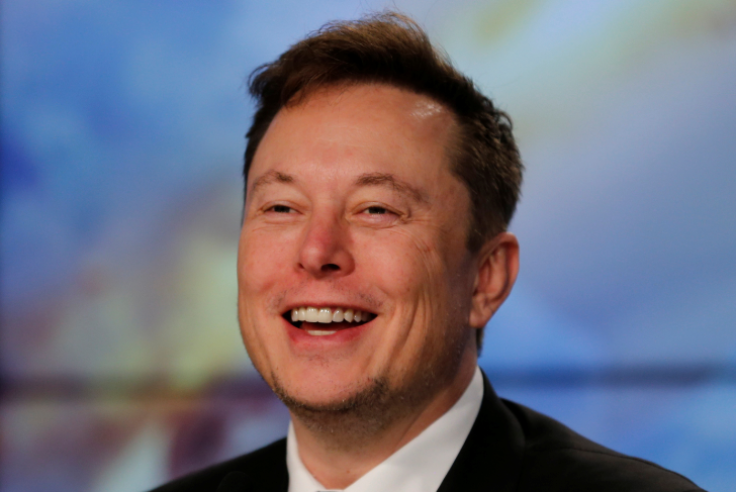
In a certain video conference briefing that recently took place, SpaceX's own founder and CEO Elon Musk has been able to provide the long-awaited details about the company's plan to deal with light pollution which was caused by their Starlink satellite constellation that severely impacted night sky observation.
First of all, Musk revealed on his Twitter account his plans to build a "sun visor" in order to lower their visibility altogether, but it is still unknown how it would work or even how it compared to the previous test dark paint job which the company has already tried in the past.
The upcoming sun visors
Space News reported that the company's new "VisorSat" angle aims to use sun visors in order to block incoming sunlight from bouncing off the reflective antennas of the spacecraft itself, which would, in turn, stop them from reflecting light to the earth.
The installation of the new hardware to the future Starlink satellites will actually supplement other measures, this includes making good use of a certain method to change the orientation of the satellite itself as they rise into their ideal orbits after the launch (this period was the most visible period for the satellites).
According to Elon Musk, the ultimate goal is to be able to "make these satellites invisible to the naked eye within a week" which in turn would minimize the impact and interference on astronomy. The CEO also gave a specific focus to look towards a solution where the satellites could do their duty while the scientists and researchers could still make their new discoveries.
SpaceX's initial test for decreasing the visibility of its own Starlink constellation actually focuses on using certain darkening treatment to cover all of the existing reflective surfaces. Although still at the early testing stage, the CEO believes that VisorSat could be more effective than this specific solution offering great results rather than just a small reduction.
SpaceX and their focus
Currently, the company still wants to test the awaited VisorSat system during the next Starlink launch, which has already sent at one satellite per month ever since 2020 started. The system still includes a level of mechanical difficulty but still with difficulty since it is a whole new part that has to spread during launch in order to block inbound light.
SpaceX has also been very meticulous about using materials that are classified as radio transparent for their shades, so they do not hinder Starlink's primary objective, which in the end is to provide, high-broadband bandwidth with low-latency to customers on the ground.
If this plan turns out successful, the future Starlink spacecraft would eventually be equipped with these VisorSats. Elon Musk has also mentioned that the existing satellites that are already in orbit do not actually have those massive lifespans, meaning it might take another three to four years before they become deorbited, and at that point, they will then be replaced by hopefully some new optically improved versions.









